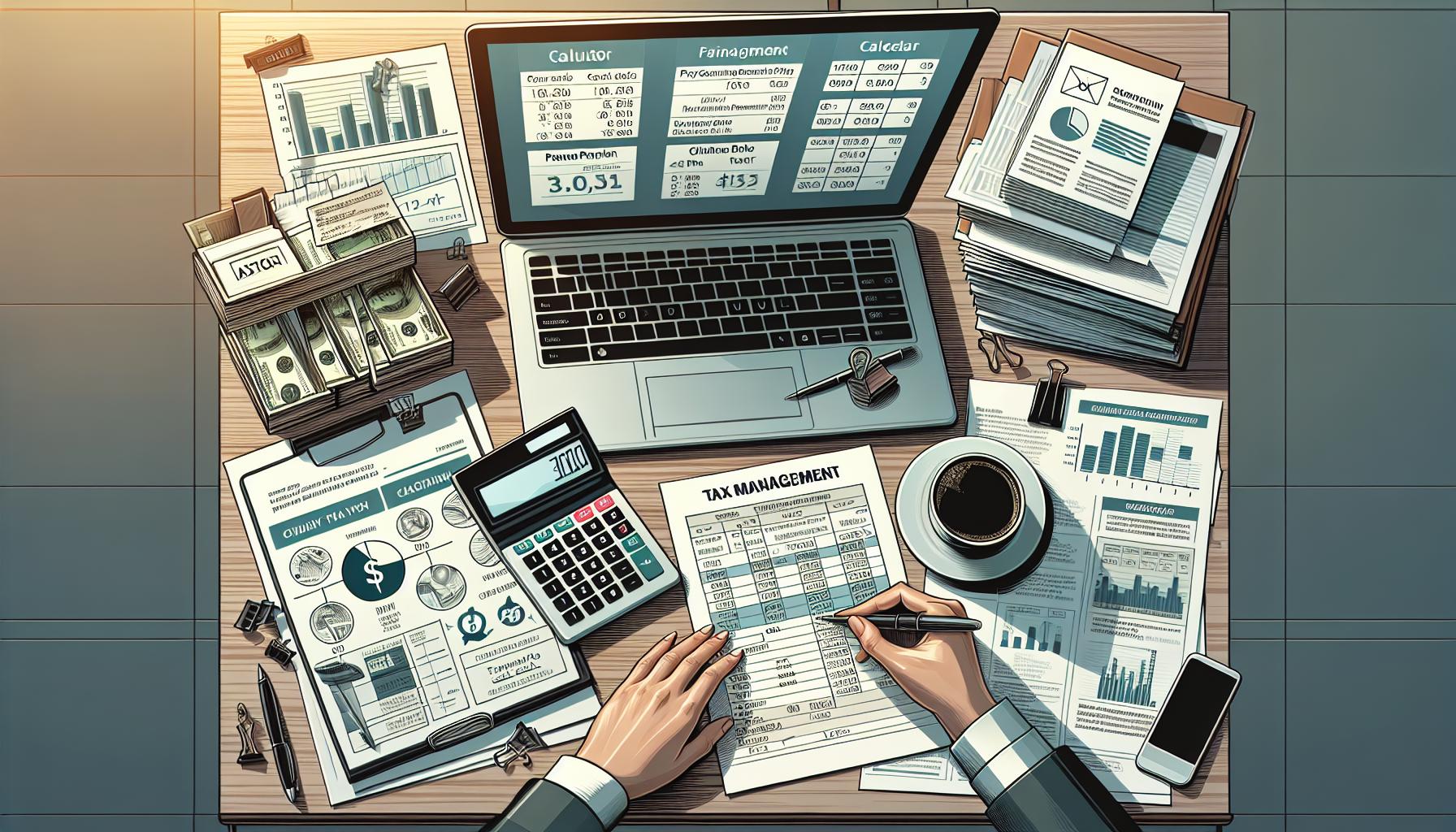Facing a tax bill that you can’t fully cover may feel overwhelming, but you’re not alone. There are steps you can take to handle your tax obligations without panicking. Understanding how to tackle this financial challenge is crucial to avoiding unnecessary penalties and optimizing your financial well-being.
Tax Bill Basics
When your taxes exceed what you can cover, first ensure you have a clear understanding of your tax bill. Carefully review your tax return and ensure all information is accurate. Mistakes, such as incorrect income reports or missing deductions, can inflate your tax bill. Sometimes, a simple amendment can decrease what you owe.
Contact the IRS Immediately
Communication is key if you’re up against a hefty tax bill. Reach out to the IRS right away if you can’t pay on time. They offer options like installment agreements and temporary collection delays to ease the pressure.
The minimum payment for your tax repayment plan depends on how much you owe:
- If you owe less than $10,000: You typically won’t have a set minimum payment, as long as you agree to pay off the full balance within three years.
- If you owe more: You’ll usually need to pay at least 1/72nd of your total balance each month for up to six years.
Consider an Installment Agreement
An installment agreement allows you to pay your tax bill in smaller, monthly amounts. This option is useful if you need breathing room to improve financially. Keep in mind, however, that interest and penalties will continue to accrue until your debt is paid off.
Explore the Offer in Compromise
If your financial situation is dire, an Offer in Compromise (OIC) might be the solution. This option allows you to settle your tax debt for less than the full amount owed. However, qualifying is challenging as the IRS only approves these settlements when full collection seems unlikely within a reasonable timeframe.
Most taxpayers have two main options if they need more time to pay their bill:
- Short-Term Payment Plan: Provides up to 180 days to pay the full amount.
- Installment Agreement: Spreads out payments over a longer term, up to 72 months.
Important: With either plan, you will be charged interest and late fees on your outstanding balance.
Consider a Temporary Delay
If you’re under economic strain, you might qualify for a temporary collection delay, allowing the IRS to pause collections. During this period, they’ll review your finances to assess possible payments. However, remember that interest and penalties will continue to accumulate during this delay.
Avoid Penalties and Interest
Neglecting to pay your tax bill can lead to penalties and interest charges. The failure-to-pay penalty is 0.5% monthly on the unpaid tax, capping at 25%. Additionally, interest collects at the federal short-term rate plus 3%. Address your tax obligations promptly to avoid these extra charges.
Stay Informed and Organized
Staying informed about your options is vital for managing tax debt. Utilize IRS resources and consider consulting a tax professional for tailored insights and help with navigating tax laws. Maintain solid financial records. Track all communications with the IRS and any payments toward your tax debt. Proper documentation will be crucial if discrepancies arise or if you choose options like an installment agreement or an Offer in Compromise.
Plan for the Future
Once your current tax bill is settled, focus on future tax planning to avoid similar issues. Adjust withholding or estimated tax payments if you’re self-employed. Utilize tax-advantaged accounts like 401(k)s or IRAs, and diligently track deductions and credits to help manage future tax liabilities.
Facing a hefty tax bill is challenging, but by understanding your options and maintaining open communication with the IRS, you can handle your tax obligations responsibly. Prioritize staying informed, organized, and seek professional advice when needed to make the best choices for your financial future.
For more information, visit the source article.

